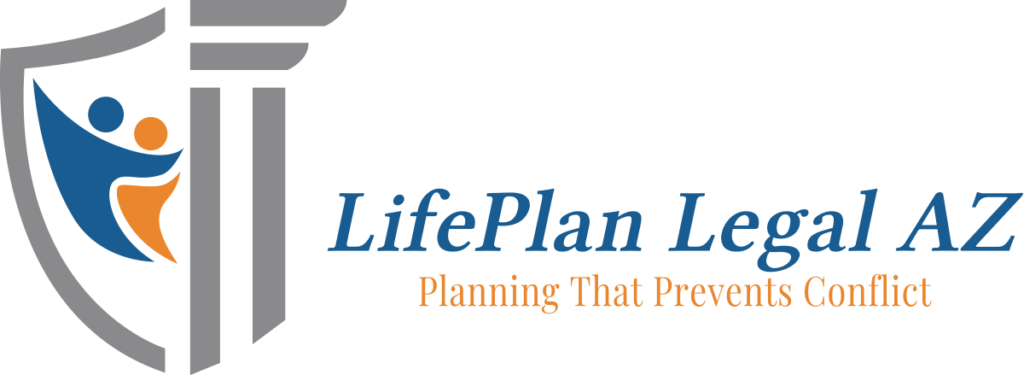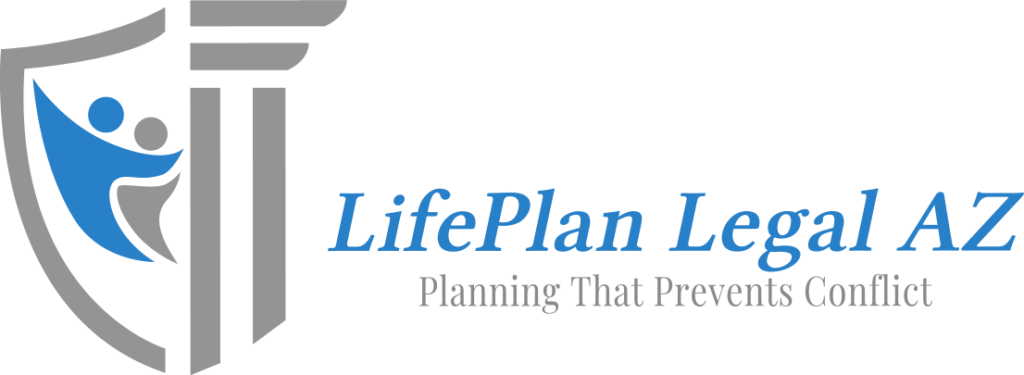WTOP’s article “How to pick a beneficiary for your 401(k) plan” instructs us on how to make certain your 401(k) savings get to your intended heir. So, what is the best way to select your 401k beneficiary?
- Name a Beneficiary. Designating a beneficiary of your retirement account lets that person receive your financial bequest without the need to access to your will, financial documents, or go through probate. In designating a beneficiary, carefully think about who that will be, just as you would for any other asset you intend to leave to your heirs.
- Name Contingent Beneficiaries. A contingent beneficiary will get the assets from the account in the event that all of the primary beneficiaries have died. Review your beneficiary designations at least annually to ensure each beneficiary, and their assigned percentage, is still appropriate.
- Update Your Named Beneficiaries After Significant Life Events. When you begin a job in your 20s, you might list your parents or siblings as the beneficiary of your account. However, when you marry, you may change your beneficiary to your spouse. If you want to leave your retirement account balance to your children, you must update your beneficiary form upon the birth of each child, or you might leave the youngest out, if you die unexpectedly.
Divorce or remarriage is another reason to change your beneficiary forms. If you remarry and don’t change your ex-spouse’s name from your most recent beneficiary document, your ex-spouse may get your remaining retirement assets.
Note that beneficiary forms are unique to each 401(k) plan. This means that if you have multiple 401(k) accounts with previous employers, you’ll have to update each one.
You can also consider combining old 401(k) accounts or rolling them over into an IRA to make your beneficiary designations and investments easier to manage.
Many 401(k) plans let you update your beneficiaries online.
- Inform Your Beneficiaries About Your Accounts. Your heirs may be required to get in touch with the financial institution to get their inheritance. Tell them where you have accounts, so they know what to expect and can claim your unused retirement funds. Be certain that everyone has the information. That way, there’s no question and access to those funds will be easy.
Reference: WTOP (June 8, 2020) “How to pick a beneficiary for your 401(k) plan”




